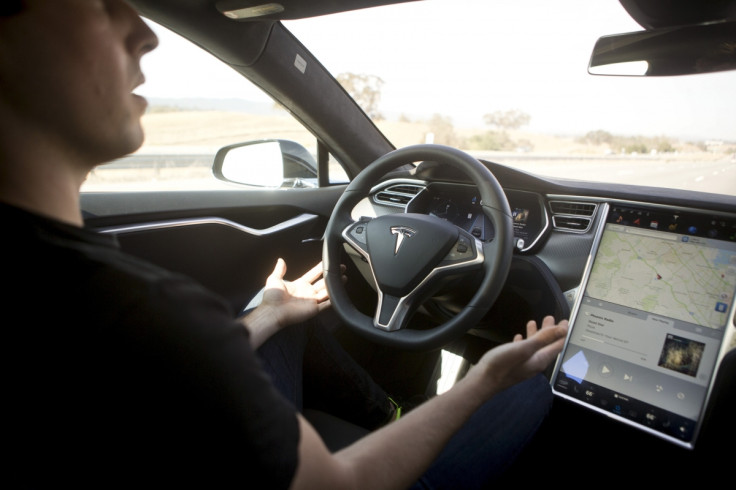Self-driving cars will lead to 'a lot more sex behind the wheel'

Drivers will be having "a lot" more sex behind the wheel once self-driving cars become more common, according to a vehicle expert, after concern builds as Tesla, BMW and Mercedes further develop autonomous driving features.
In comments regarding Tesla's self-driving Autopilot feature, Barrie Kirk of the Canadian Automated Vehicles Centre of Excellence, said: "I am predicting that, once computers are doing the driving, there will be a lot more sex in cars."
The note contained a stream of emails about Autopilot and was obtained by The Canadian Press under the Access to Information Act. In further comments, Kirk went on to add: "That's one of several things people will do which will inhibit their ability to respond quickly when the computer says to the human, 'take over'."
Canadian officials are currently working to build a regulatory framework to govern self-driving cars, as are officials in other countries, including the UK.
The work to draw up laws around autonomous cars comes as some Tesla owners have uploaded videos to YouTube showing them using Autopilot dangerously. One clip, believed to have been filmed in Estonia, appears to show a Tesla Model S driving along a busy motorway at 83km/h with no one in the driving seat. Tesla says owners must pay attention at all times and lightly touch the wheel to tell Autopilot they are ready to take control if needs be.
The note, reported in the Toronto Sun, went on: "The issue of the attentive driver is... problematic. Drivers tend to overestimate the performance of automation and will naturally turn their focus away from the road when they turn on their auto-pilot." The note refers to YouTube videos of Autopilot being used dangerously, and examples of when the system fails to work properly.
Current Canadian road laws permit the use of autonomous cars on the country's roads, as they do in the UK and some US states, such as California and Texas, but according to the briefing notes, Transport Canada wants to see vehicles equipped with a "failsafe mechanism that can respond to situations when the driver is not available".
© Copyright IBTimes 2024. All rights reserved.






